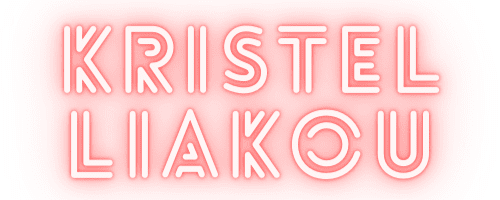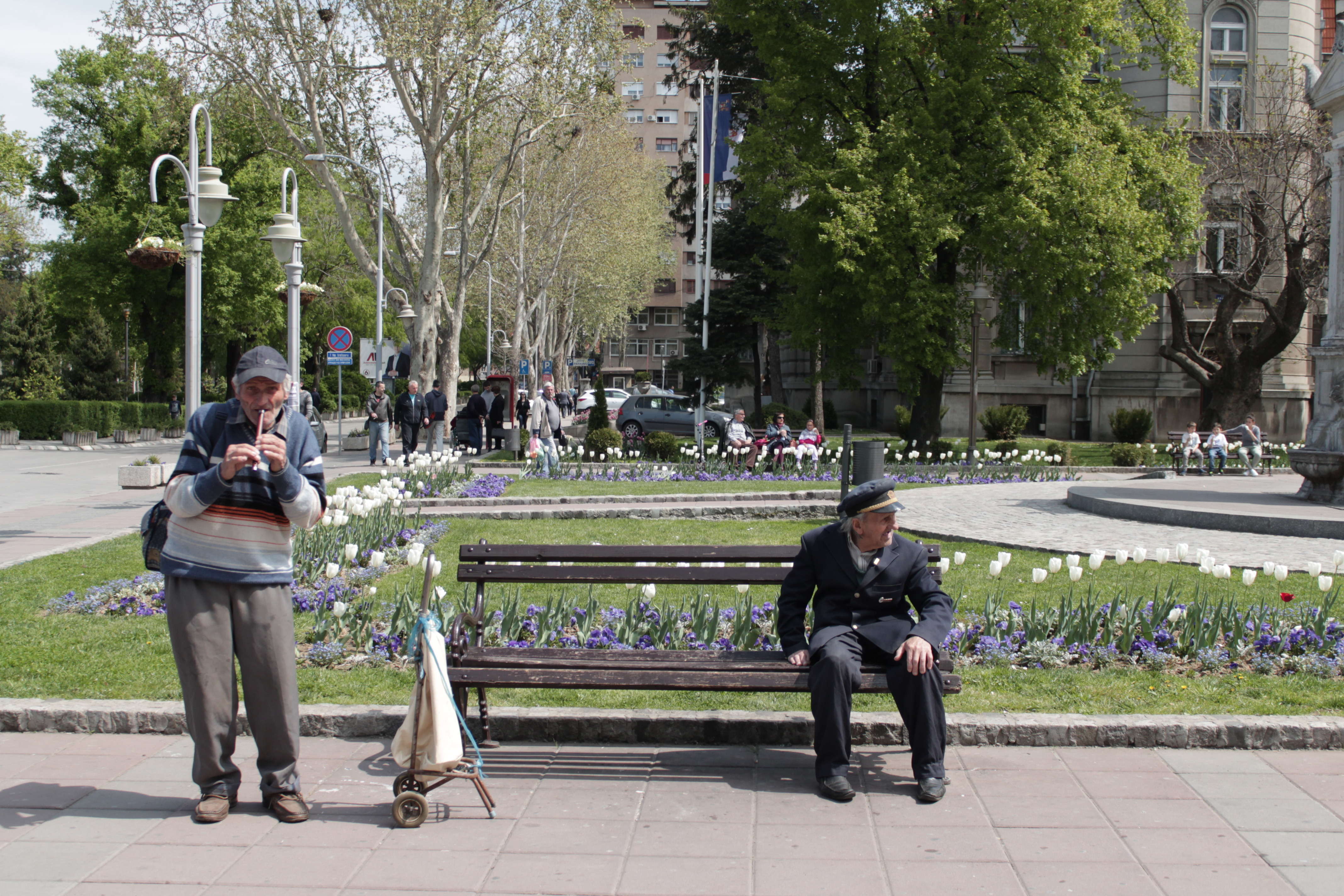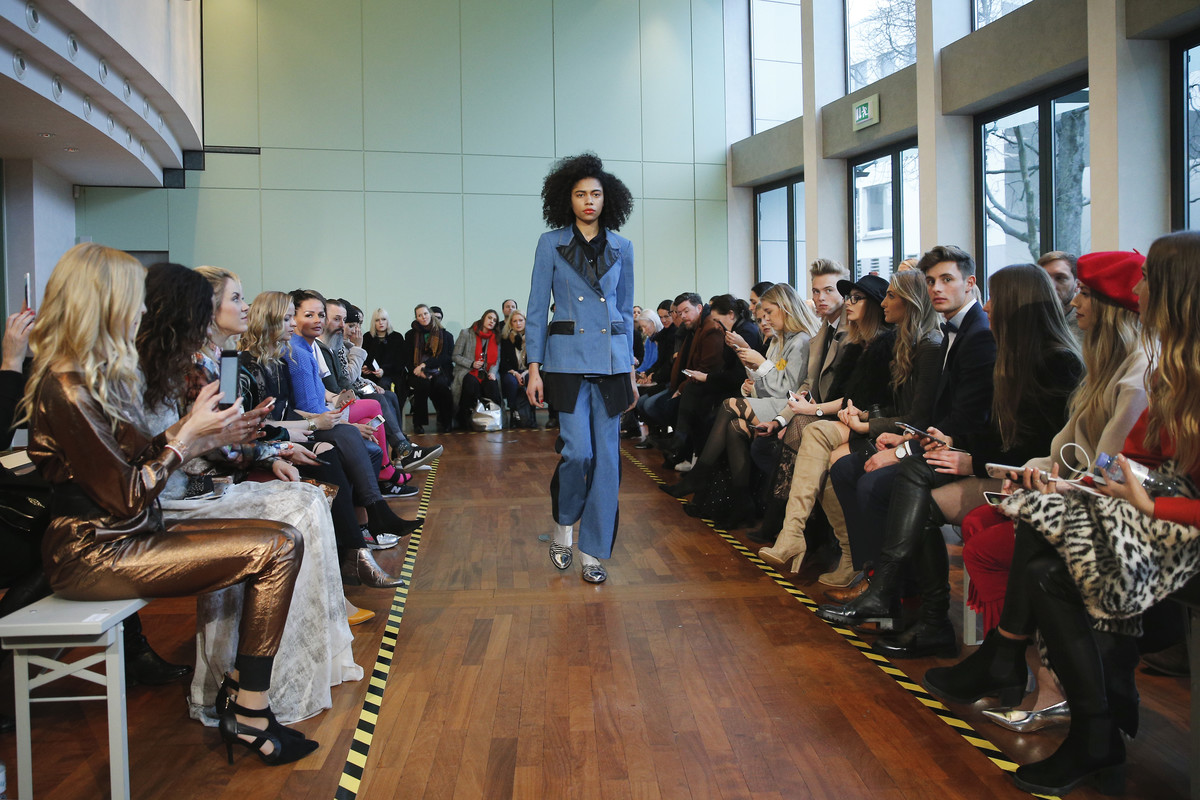They say that fashion is a frivolous and superficial ideal that the man invented, to better serve capitalism. Leaving behind the simple-minded and the fashion conspiracy theories, I would like to express my opinion -using my poor English skills- not only about what fashion is but moreover on the dynamic affair of fashion and psychology. I am not like a missionary, trying to show the light to pagans, but more likely a woman sharing her profound truth.
Where in early civilizations, the key purpose of clothing was to keep us warm and relatively dry, today, clothes have developed into a social marker: they affect the way we “see” ourselves. They give us the identity we choose to have before we introduce ourselves by words. Appearance is a big key to what we are. It co-acts with culture, defines your appearance and personality definition. That bipolar can be examined by psychology.
Fashion psychology is about understanding why people wear, what they wear and the effects their clothes have on other people and on themselves, their thoughts and emotions. Specifically, Dawnn Karen, the founder of the field of fashion psychology, defines the idea of fashion psychology as “the study and treatment of colour and fashion and its effects on human behaviour, while addressing cultural sensitivities and cultural norms”.
Let’s do a mini flashback: “Fashion Psychology” emerged in the 20th century, although its roots actually reach back to the 19th century. Henry James was the first American psychologist who was interested in fashion psychology. Back to today, The University of the Arts London (UAL) created the first MA course on fashion psychology and after that, the first-ever academic organization dedicated solely to the study of the field of Fashion Psychology was born, creating The Fashion Psychology Institute™. As you can see, we are talking about an established science field, not about a trend.
This article was the intro of many equivalent to come.





